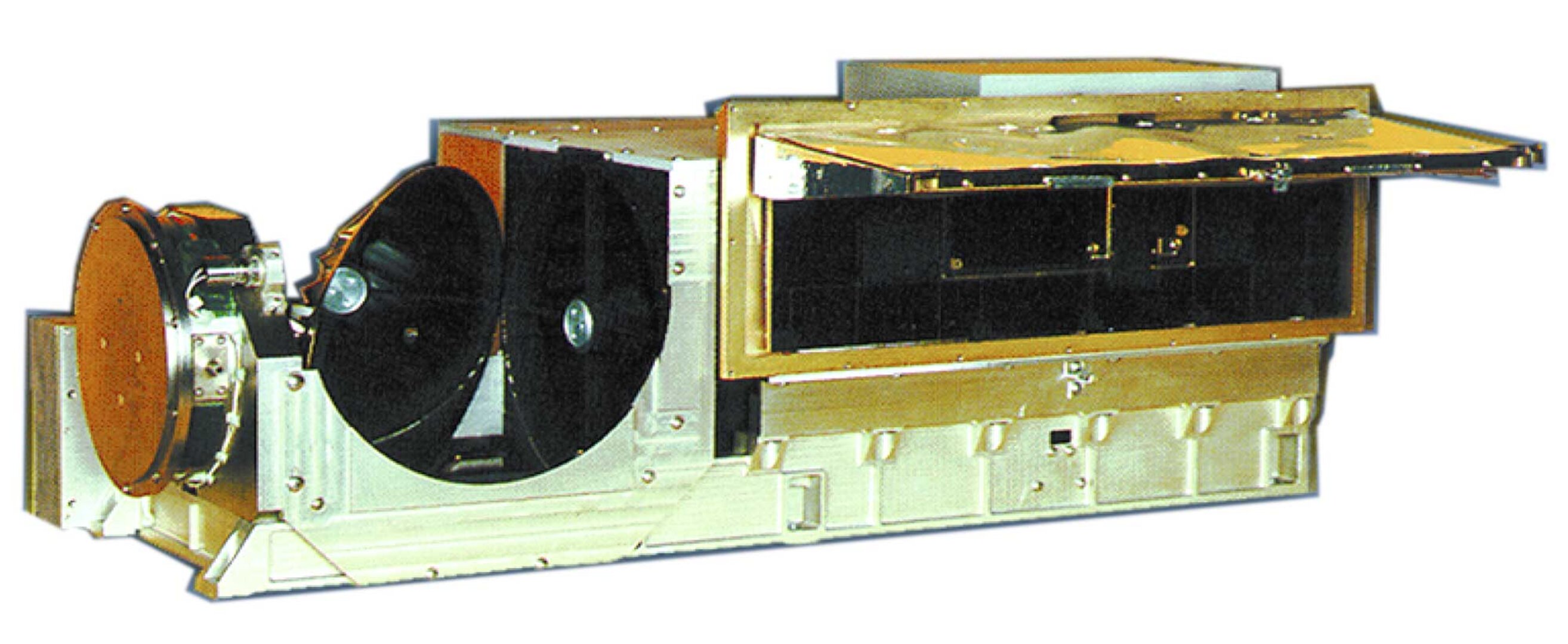About AVHRR/3
The Advanced Very High Resolution Radiometer (AVHRR/3) is one of the complement of American instruments provided by the National Oceanic and Atmospheric Administration (NOAA) to fly on MetOp-A, B and C.
The AVHRR/3 scans the Earth surface in six spectral bands in the range of 0.58 - 12.5 microns. It provides day and night imaging of land, water and clouds, measures sea surface temperature, ice, snow and vegetation cover.
The AVHRR/3 is a six-channel imaging radiometer that detects energy in the visible and infrared (IR) portions of the electromagnetic spectrum. The instrument measures reflected solar (visible and near-IR) energy and radiated thermal energy from land, sea, clouds, and the intervening atmosphere. The instrument has an instantaneous field-of-view (IFOV) of 1.3 milliradians providing a nominal spatial resolution of 1.1 km (0.69 mi) at nadir. A continuously rotating elliptical scan mirror provides the cross-track scan, scanning the Earth from ± 55.4° from nadir. The mirror scans at six revolutions per second to provide continuous coverage.
The instrument provides spectral and gain improvements to the solar visible channels that provide low light energy detection. Channel 3A, at 1.6 microns, provides snow, ice, and cloud discrimination. Channel 3A will be time-shared with the 3.7-micron channel, designated 3B, to provide five channels of continuous data. An external sun shield and an internal baffle have been added to reduce sunlight impingement into the instrument’s optical cavity and detectors.
Courtesy:
NOAA-L brochure, NOAA




